Efficient Acquisition
AIA seeks to identify and promote conditions in the defense acquisition system that foster timely and affordable innovations to meet the demands of the National Defense Strategy.
DoD’s acquisition system is largely rooted in Cold War-era thinking and procedures, with an oversight regime oriented towards reducing cost. Today’s rapidly evolving security environment contains threats in every domain and sees decreasing cycle times for technologies dispersed across the globe. If we are to compete against economic and military peers, our acquisition system must be driven by national defense objectives, and not limit them.
AIA Position StatementLook Toward the Future
DoD has repeatedly and successfully pursued efforts to circumvent its own acquisition system and cultural norms by creating specialized or “rapid acquisition” offices. These offices are still governed by the DoD 5000 Series, yet can leverage Other Transaction Authorities (OTA) and streamlined oversight structures.
It is vital that DoD continue its efforts to reduce the time between solicitations and contract award. Poorly communicated contract requirements and transactional oversight requirements that devalue speed and customer satisfaction, such as redundant and/or excess cost and pricing data and verification requirements, are leading causes of delays. The industry also faces requirements and “flow-downs” that are inappropriate, given the contract type.
Take Action Now
DoD and Congress need to consider compounding impacts on the industrial base and supply chain of budget austerity and cost-based acquisition policies. Paradoxically, some acquisition practices aimed at controlling cost have merely added bureaucratic requirements, tied up cash flow, erected barriers to commercial technology and investment, and imposed a de facto “lowest price, technically acceptable” (LPTA) environment. Each of these trends serve to restrict the competitiveness of the supply base; crowd out and tie up resources available for investment in R&D, personnel and facilities in government and industry; and serve as a disincentive for new entrants and independently funded technologies to be offered to DoD.
AIA’s Role
AIA recognizes the need for special authorities to fulfill urgent operational needs; however, our national defense will be best served by streamlining the entire acquisition system. This requires a concerted reform effort and enduring commitment from Congress and DoD to apply lessons learned from streamlined acquisition structures and procedures throughout the entire system.
Recent News
Your Leadership ConnectionNational Security Team
AIA’s national security leadership team is well-positioned to address members’ issues and advocacy needs.
Explore Related Topics
National Security
AIA’s National Security Policy team is responsible for developing our industry’s national security agenda.
Issues & Advocacy
Find industry alignment on issues and advocacy opportunities, so your organization can impact the competitiveness and vitality of our field.




